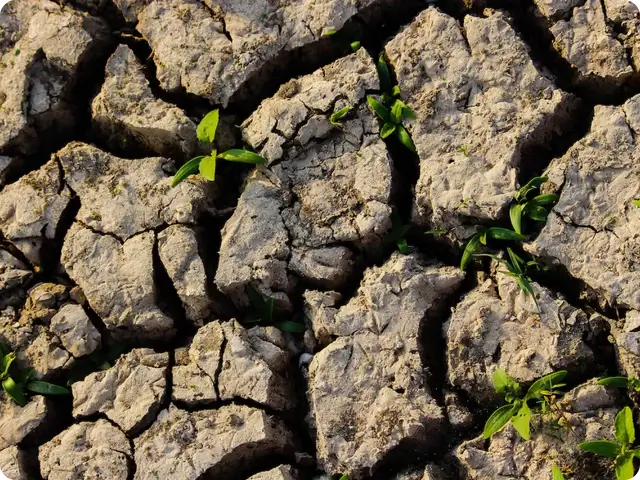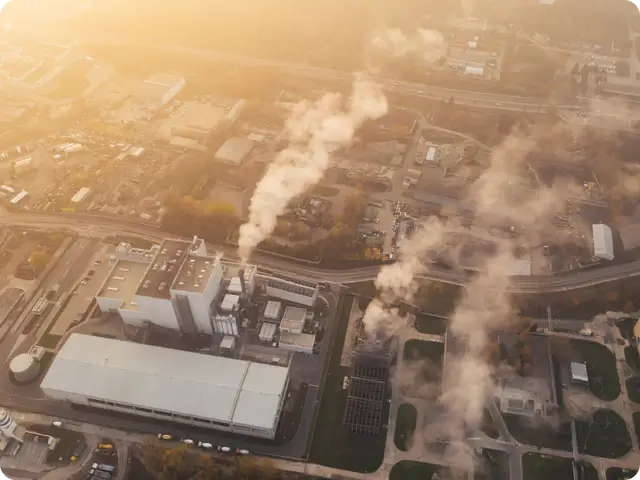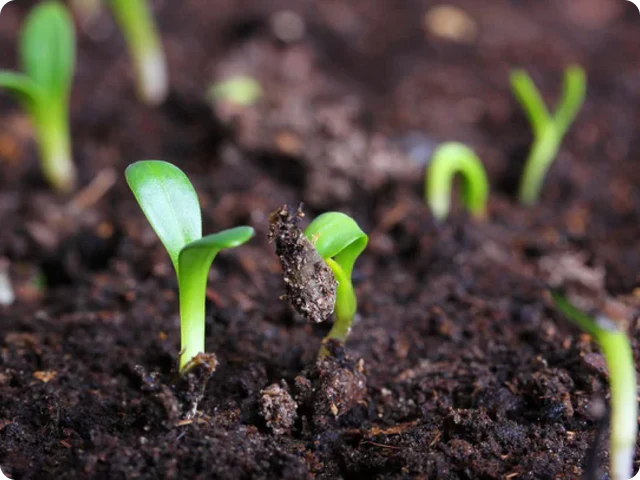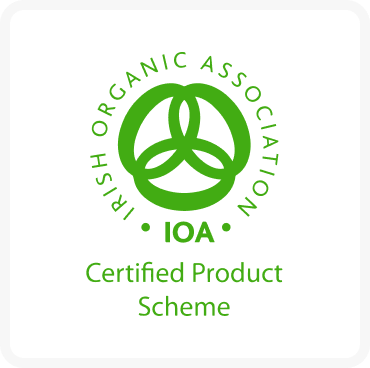An uptick in the presence and severity of algae blooms is nature’s way of reminding us that we need to change our farming practices. An algae bloom (or algal bloom) results from a rapidly accumulating population of algae or bacteria in fresh or marine water environments.
Depending on the type of algae, algal blooms can be many colours: brown, red, yellow, pink, and blue-green. However, not all algae blooms are harmful. In fact, most of the thousands of species of algae are beneficial. This leads to the distinction between algae blooms and harmful algal blooms.
Harmful algal blooms are mainly the result of a type of algae called cyanobacteria (blue-green algae) and produce toxins that are dangerous to both humans and animals. But what is the cause of algal blooms?
Algal blooms occur when a combination of suitable environmental conditions exist for abundant algae growth. An increase in nutrients such as nitrogen and phosphorus in waterways leads to a proliferation of algae and bacteria growth.
And it’s not a coincidence that many chemical fertilisers contain large amounts of both of these nutrients to compensate for a shortage in the soil.
The Connection Between Chemical Fertilisers & Algae Blooms
Now that we have a better understanding of harmful algal blooms, we can ponder the question: what is the connection between phosphorus fertilisers and algae blooms?
Phosphorus and nitrogen are vital nutrients for plant growth, both on land and underwater. But when excessive runoff containing these nutrients flows into a body of water, something known as nutrient pollution occurs.
Nutrient pollution is the process where too much nitrogen and phosphorus seep into waterways and act as a fertiliser, causing excessive growth of bacteria and algae.
Most excess nutrients enter bodies of water by way of agricultural runoff from chemical fertilisers in suburban areas. In more rural areas, animal manure and farm fertilisers make up the largest source of nutrient pollution – this results in harmful and toxic blue-green algae blooms.
Algae are usually microscopic and virtually invisible to the human eye. But nutrient-rich algae blooms can take over entire bodies of water, producing a smell and colour that is unmistakable. Depending on the type of algae that causes them, algal blooms can manifest as foam, scum, mats, or paint-like material on the surface of the water.
In some cases, toxic blue-green algae blooms can cause asthma-like symptoms, diarrhoea, vomiting, and skin or eye irritation. In addition to harming humans, harmful algal blooms can also harm and kill wildlife.
Birds such as pelicans, bald eagles, and ducks, as well as sea otters and fish have reportedly died from harmful blue-green algae.
Why Algae Blooms Are Bad For The Environment
Algae are photosynthetic organisms, meaning they get the energy needed to grow directly from the sun. But why are algae blooms bad for the environment?
Aside from the toxins that harmful algal blooms produce, algae blooms also drain oxygen from the water they inhabit. Which, in turn, suffocates fish and harms humans, other animals, and the aquatic ecosystem itself.
Water affected by algae blooms becomes contaminated and isn’t safe to drink, swim, or fish in. Humans can become sick and our pets may even die after swimming in algae-infested waters. Fish living in these environments become unsafe to eat as the toxins can also be found in the fish themselves.
And if that wasn’t bad enough, it’s been predicted that harmful algal blooms may be even more severe in the future due to climate change.
The fluctuations in temperature and rainfall may increase phosphorous and nutrient-rich runoff from farms while simultaneously warming water temperatures and lowering water volume – a perfect (albeit catastrophic) condition for rapid algae growth.
Furthermore, if harmful algae blooms aren’t controlled then we will continue experiencing these negative impacts on the environment. So, how are we supposed to stop algae blooms?
How Algae Blooms Can Be Prevented
Now that we know the causes of algal blooms, we can delve into some solutions to halt the rapid growth of these harmful organisms. The first and most obvious solution would be to drastically reduce the amount of nutrient pollution in our water systems.
In suburban areas, homeowners can limit algae blooms by reducing or completely cutting out fertilisers that contain phosphorous. Realistically, we should only be using these fertilisers to start a new lawn and a maximum of once a year on an already established lawn.
You should aerate and scarify your lawn then add a top dressing to make sure it retains the nutrients you add to it. Farms, on the other hand, are already a large part of the problem but they also have the potential to be a huge part of the solution, too.
Regenerative agriculture practices such as switching from chemical fertilisers to organic fertilisers, planting cover crops, and reducing tillage all help capture rain as it falls instead of allowing runoff to seep into our waters. Regenerative agriculture practices can lead to an increase in water retention and safer runoff.
Following fertiliser best practices improves soil health and will help control algae blooms going forward. These practices include improving timing and applying only the correct amount of fertiliser needed. Streamside buffers and wetland conservation also keep nutrients out of waterways.
Farms contribute the most to phosphorus and nitrogen buildup in watersheds. However, agriculture is also necessary for sustaining human life. Successfully addressing this issue will require a collective, worldwide effort.
Learn More With Supersoil
In this blog, we explained the link between chemical fertilisers and harmful algae blooms. Chemical fertilisers contribute to harmful algae blooms by increasing nitrogen and phosphorus in waterways.
Nutrient pollution results from chemical fertilisers which contribute to rapid algae growth. Harmful algal blooms deplete oxygen, produce toxins, and can harm humans, animals, and the environment.
Solutions such as reducing chemical fertiliser use, adopting regenerative agriculture practices, and implementing streamside buffers will help prevent nutrient runoff and mitigate the environmental impact of algal blooms.
Those looking to learn more about soil fertility should refer to our blog. Supersoil’s regularly updated blogs are a reliable source of information for all things related to soil health.





